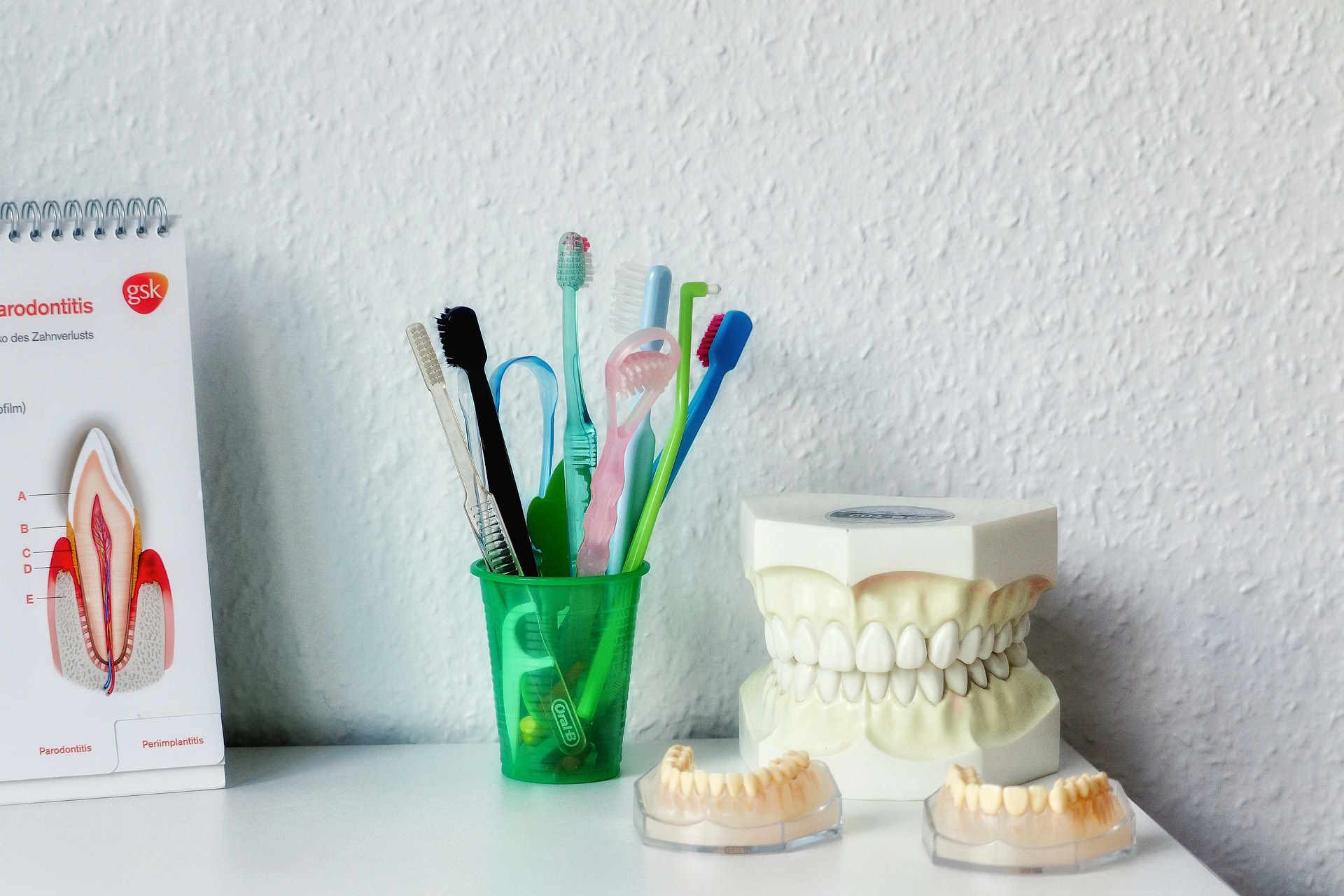Dental Implants: Understanding Modern Tooth Replacement Options
Dental implants have revolutionized tooth replacement, offering a permanent solution that closely mimics natural teeth. These titanium posts are surgically placed into the jawbone, creating a stable foundation for crowns, bridges, or dentures. With success rates exceeding 95%, dental implants have become the gold standard for replacing missing teeth, particularly benefiting patients who want to maintain their oral health and quality of life.
What Makes Screwless Dental Implants Different?
Screwless dental implants represent an innovative approach to tooth replacement that eliminates the traditional screw mechanism used in conventional implants. Instead of relying on threaded screws to secure the crown to the implant, these systems use specialized cement or other retention methods. This design can offer several advantages, including reduced risk of screw loosening, simplified maintenance procedures, and potentially improved aesthetics since there’s no screw access hole that needs to be filled.
The screwless design also allows for better distribution of chewing forces across the implant and surrounding bone tissue. Many patients find that screwless implants feel more natural during eating and speaking, as the solid connection between the implant and crown creates a more tooth-like experience. However, one consideration is that if repairs are needed, screwless implants may require more complex procedures compared to screw-retained versions.
How Does the Screwless Implant Procedure Work?
The screwless implant procedure follows many of the same initial steps as traditional dental implant placement. Your oral surgeon or periodontist will first conduct a comprehensive examination, including X-rays and possibly a CT scan to assess bone density and plan the optimal implant placement. The surgical phase involves making a small incision in the gum tissue and carefully drilling a precise hole in the jawbone to accommodate the implant.
Once the implant is placed, a healing period of three to six months allows for osseointegration, where the bone fuses with the titanium implant surface. After healing is complete, the dentist takes impressions to create a custom crown. The final restoration is then cemented onto the implant using specialized dental cement, creating a permanent bond. This process eliminates the need for the screw access hole found in traditional implants, resulting in a cleaner appearance and potentially stronger connection.
Are Dental Implants for Seniors a Good Option?
Dental implants for seniors can be an excellent solution, though several factors need consideration. Age alone is not a determining factor for implant success; rather, overall health, bone density, and healing capacity are more important considerations. Many seniors are ideal candidates for dental implants, especially those who have lost teeth due to periodontal disease or normal wear over time.
Seniors often experience significant benefits from dental implants, including improved nutrition due to better chewing ability, enhanced speech clarity, and increased confidence in social situations. The stability that implants provide can be life-changing for seniors who have struggled with loose or uncomfortable dentures. However, certain medical conditions common in older adults, such as diabetes, heart disease, or osteoporosis, may affect healing and implant success rates. A thorough medical evaluation helps determine candidacy and any necessary modifications to the treatment plan.
| Treatment Type | Average Cost Range (CAD) | Healing Time | Maintenance Requirements |
|---|---|---|---|
| Single Screwless Implant | $3,000 - $5,500 | 3-6 months | Regular cleanings, occasional cement checks |
| Traditional Screw-Retained Implant | $2,800 - $5,000 | 3-6 months | Regular cleanings, screw tightening as needed |
| Full Mouth Implant Restoration | $20,000 - $45,000 | 6-12 months | Professional maintenance every 6 months |
Prices, rates, or cost estimates mentioned in this article are based on the latest available information but may change over time. Independent research is advised before making financial decisions.
Long-term Success and Maintenance Considerations
The long-term success of dental implants, whether screwless or traditional, depends heavily on proper oral hygiene and regular professional maintenance. Patients must commit to daily brushing and flossing, along with regular dental checkups every six months. While implants cannot develop cavities, the surrounding gum tissue remains susceptible to infection if not properly maintained.
Screwless implants may require slightly different maintenance approaches compared to screw-retained versions. Since the crown is cemented in place, patients don’t need to worry about loose screws, but if problems do arise, the entire crown may need to be removed and replaced rather than simply retightened. Most dental professionals recommend avoiding extremely hard foods and using a night guard if teeth grinding is an issue.
Making the Right Choice for Your Situation
Choosing between screwless and traditional dental implants depends on various factors including your specific oral health needs, aesthetic preferences, and long-term maintenance considerations. Consultation with a qualified oral surgeon or periodontist is essential to determine which option best suits your individual circumstances. They can evaluate your bone density, overall health status, and discuss the pros and cons of each approach based on your specific case.
The decision should also consider your lifestyle, budget, and personal preferences regarding maintenance and potential future repairs. Both screwless and traditional implants offer excellent long-term outcomes when properly placed and maintained, making either option a significant improvement over missing teeth or ill-fitting dentures.
This article is for informational purposes only and should not be considered medical advice. Please consult a qualified healthcare professional for personalized guidance and treatment.





